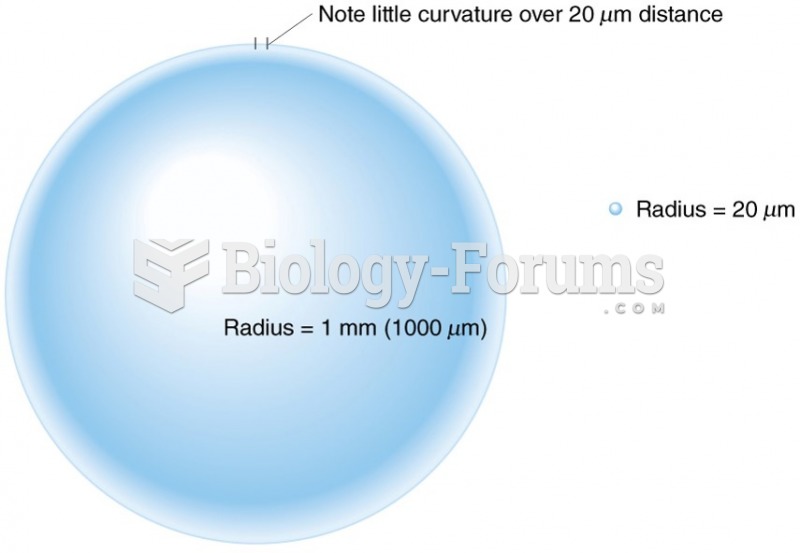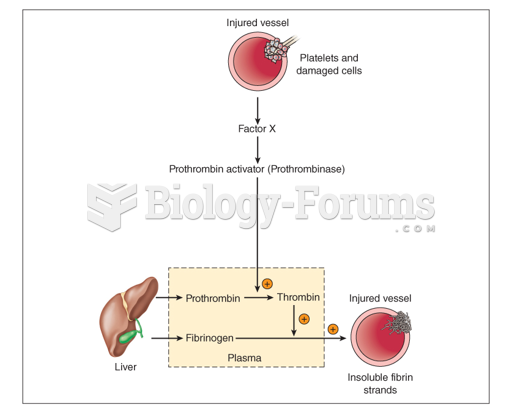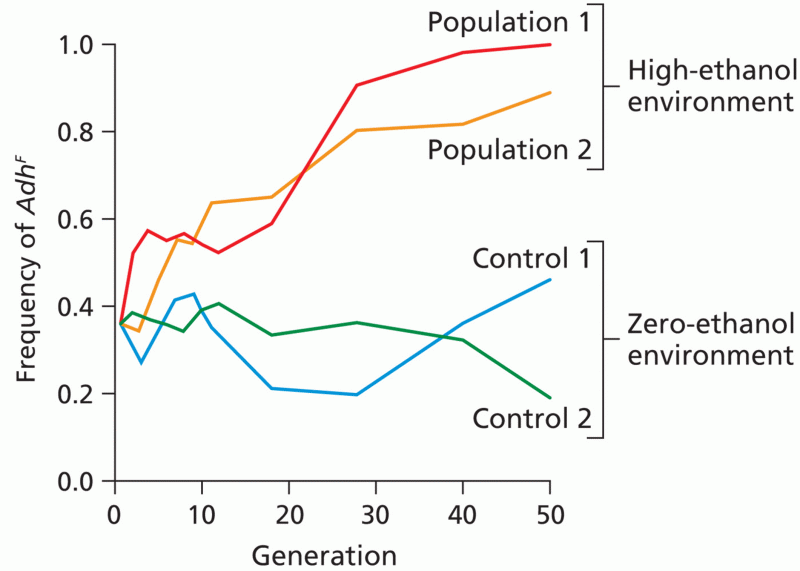Answer to Question 1
Marketers vary the composition of promotion mixes for many reasons. Although a promotion mix can include all four elements, frequently, a marketer selects fewer than four. Many firms that market multiple product lines use several promotion mixes simultaneously.
The size of an organization's promotional budget affects the number and relative intensity of promotional methods included in a promotion mix. If a company's promotional budget is extremely limited, the firm is likely to rely on personal selling because it is easier to measure a salesperson's contribution to sales than to measure the sales effectiveness of advertising. An organization's promotional objectives and policies also influence the types of promotion selected. If a company's objective is to create mass awareness of a new convenience good, such as a breakfast cereal, its promotion mix probably leans heavily toward advertising, sales promotion, and possibly public relations.
Size, geographic distribution, and demographic characteristics of an organization's target market help dictate the methods to include in a product's promotion mix. If the size is limited, the promotion mix will probably emphasize personal selling, which can be very effective for reaching small numbers of people. Personal selling is more feasible if a company's customers are concentrated in a small area than if they are dispersed across a vast region. When the company's customers are numerous and dispersed, regional or national advertising may be more practical. Distribution of a target market's demographic characteristics, such as age, income, or education, may affect the types of promotional techniques a marketer selects, as well as the messages and images employed.
Generally, promotion mixes for business products concentrate on personal selling, whereas advertising plays a major role in promoting consumer goods. Marketers of highly seasonal products often emphasize advertising-and sometimes sales promotion as well-because off-season sales generally will not support an extensive year-round sales force. A product's price also influences the composition of the promotion mix. High-priced products call for personal selling, because consumers associate greater risk with the purchase of such products and usually want information from a salesperson. For low-priced convenience items, marketers use advertising rather than personal selling. Another consideration in creating an effective promotion mix is the stage of the product life cycle. Intensity of market coverage is still another factor affecting the composition of the promotion mix. A product's use also affects the combination of promotional methods.
Costs of promotional methods are major factors to analyze when developing a promotion mix. National advertising and sales promotion require large expenditures. Another consideration that marketers explore when formulating a promotion mix is availability of promotional techniques. Despite the tremendous number of media vehicles in the United States, a firm may find that no available advertising medium effectively reaches a certain target market.
Another element that marketers consider when planning a promotion mix is whether to use a push policy or a pull policy. With a push policy, the producer promotes the product only to the next institution down the marketing channel. A firm that uses a pull policy promotes directly to consumers to develop strong consumer demand for its products. It does so primarily through advertising and sales promotion.
Answer to Question 2
D







